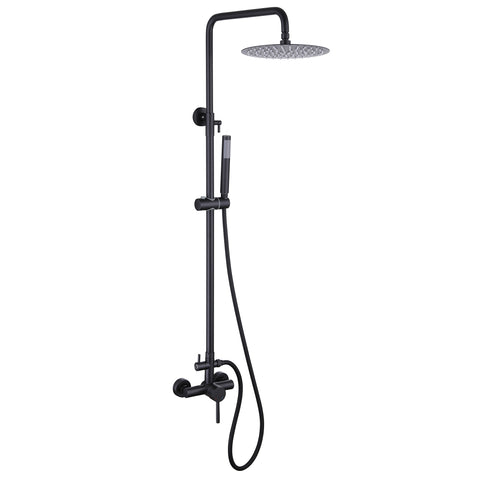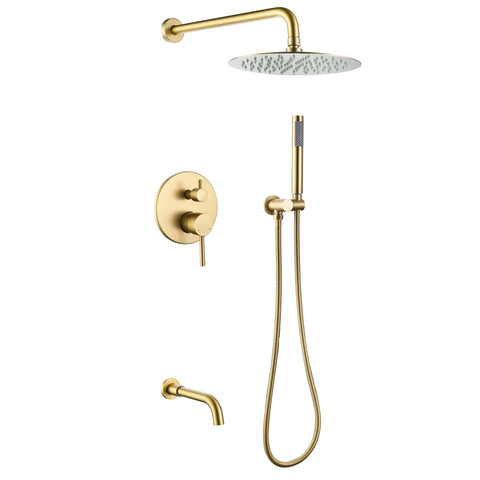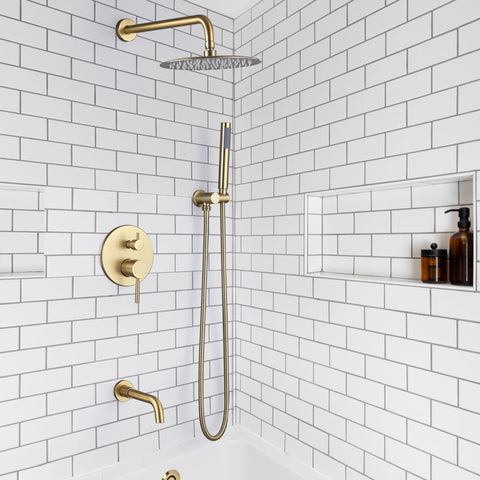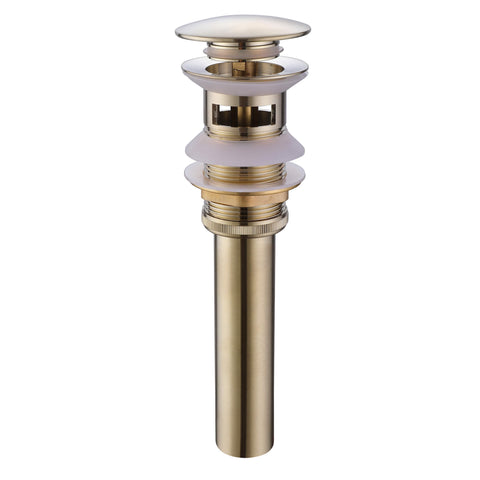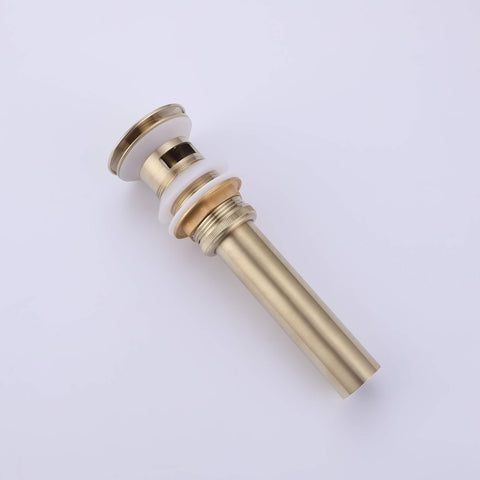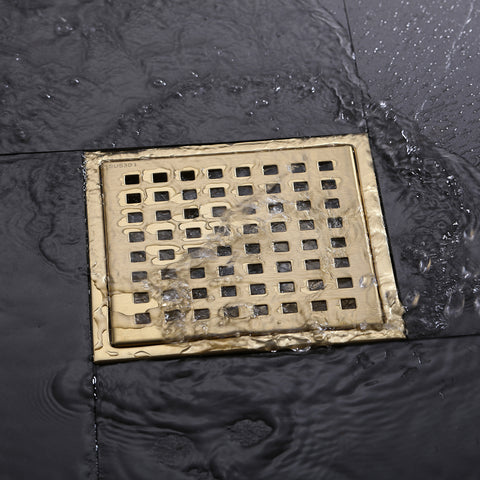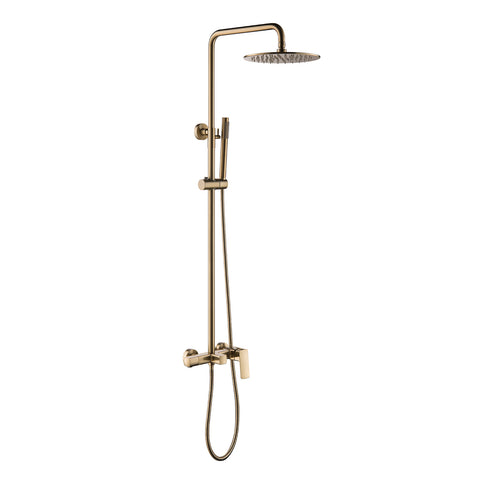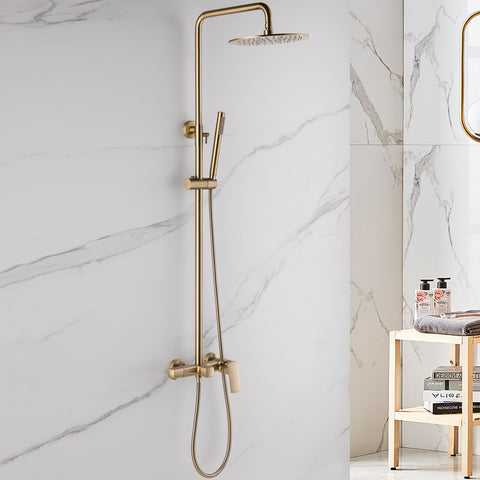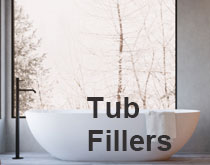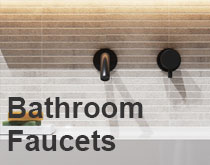A Step-by-Step Guide on How to Unclog Your Shower Head
Is your shower head not giving you the powerful water flow you desire? Don't worry! In this step-by-step guide, we will show you how to unclog your shower head and unlock its full potential. Whether it's due to mineral buildup, sediment, or other debris, a clogged shower head can impact your bathing experience. But with our easy-to-follow instructions, you can restore your shower head to its former glory and enjoy the invigorating water pressure you crave.
Using simple household items and a bit of elbow grease, you'll learn how to effectively remove the blockages and improve the water flow in your shower. No need to call a plumber or spend a fortune on expensive products – our guide will teach you affordable and DIY techniques that anyone can master.
Say goodbye to weak water pressure and hello to a revitalizing shower experience. Get ready to unleash the power of your shower head by following our straightforward, step-by-step instructions. Let's dive in and unclog that shower head now!
Signs That Your Shower Head is Clogged
- Weak water pressure: A noticeable decrease in pressure means blockages are restricting flow.
- Uneven spray pattern: Water shoots in odd directions due to clogged nozzles.
- Sputtering or pulsating water: Irregular flow signals mineral or debris buildup.
What Causes Shower Head Clogging?
- Mineral buildup: Hard water deposits minerals like calcium and magnesium inside the head.
- Sediment: Dirt and sand from pipes can collect in the nozzles.
- Soap scum and residue: Residue from hair and soap products clogs small openings.
What You'll Need
- Adjustable wrench
- Plastic bag or container
- White vinegar
- Toothbrush or small cleaning brush
- Toothpick or safety pin
Step-by-Step Guide to Unclogging a Shower Head
Step 1: Prepare the Shower Head
Turn off the water. Use a wrench with a cloth to remove the head. Place it in a container to catch water and debris.
Step 2: Soak in Vinegar
Submerge the shower head in vinegar for 1–2 hours. Or use a bag filled with vinegar secured around the fixture.
Step 3: Scrub the Buildup
Use a toothbrush to remove residue. Use a toothpick to clean nozzle holes. Rinse thoroughly afterward.
Step 4: Reassemble and Test
Reattach the head and turn on the water. Enjoy improved water pressure and consistent spray!
Alternative Methods
- Baking soda & vinegar paste: Apply paste, scrub after 5–10 minutes.
- Citric acid: Mix with warm water, soak the head like with vinegar.
- Wire brush or pipe cleaner: Insert gently into nozzles to dislodge debris.
Preventive Measures
- Clean monthly: Soak in vinegar regularly to prevent build-up.
- Install a filter: Filters block sediment and hard water minerals.
- Inspect nozzles: Manually remove surface buildup with a toothpick.
Conclusion
By following this guide, you've not only restored your shower head but also learned how to prevent future clogs. Consistent care keeps your shower powerful and enjoyable.
- Clean monthly if you use hard water
- Use vinegar soaks or baking soda as needed
- Install filters to reduce minerals
- Consult a plumber if low pressure persists
Say goodbye to weak water pressure and hello to an invigorating, high-flow shower every time. Your bathroom deserves the upgrade—and now, you know how to deliver it!
